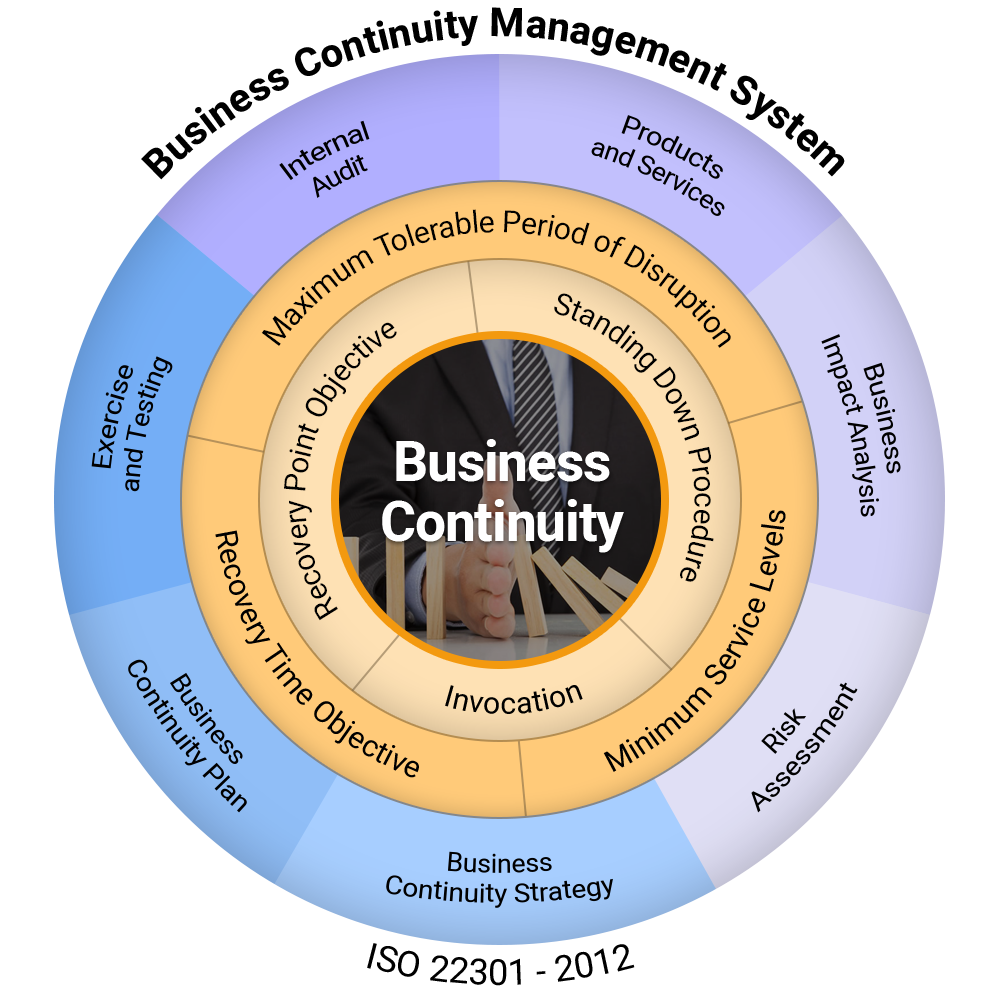California Consumer Privacy Act (CCPA)
CCPA Implementation Overview
We follow a structured methodology to help organizations achieve, maintain and monitor CCPA (California Consumer Privacy Act) compliance. Our approach involves a 6-phase methodology that helps organizations determine and define their internal processes to achieve successful compliance. We ensure that all aspects of CCPA compliance are covered, including the management of personal information, the rights of consumers, and the responsibilities of businesses. Our methodology is designed to be easy to follow and implement, helping organizations to achieve successful compliance quickly and efficiently.

What is CCPA?
CCPA stands for the California Consumer Privacy Act, which is a data privacy law that came into effect on January 1, 2020, in the state of California, United States. It grants California consumers specific rights over their personal information, such as the right to know what personal information is being collected about them, the right to request that their personal information be deleted, and the right to opt-out of the sale of their personal information. The CCPA applies to for-profit businesses that collect, process, or sell the personal information of California residents, and has significant implications for businesses that handle personal information in California.
What is our approach to CCPA Implementation?
Assessment: Conduct a thorough assessment of the organization’s data collection, processing, and storage practices to determine if they fall under the CCPA’s purview.
Identify Gaps: Identify gaps in the organization’s existing privacy and security practices and identify what changes need to be made to become CCPA compliant.
Develop Policies and Procedures: Develop and implement policies and procedures for data handling, protection, and consumer rights, including the right to access, delete, and opt-out.
Training: Provide CCPA training to employees on the organization’s new policies and procedures, including how to identify and report consumer requests.
Implement Technical and Physical Controls: Implement technical and physical controls to protect consumer data, including access controls, encryption, and secure storage.
Monitor and Maintain: Continuously monitor and maintain the organization’s CCPA compliance program to ensure ongoing compliance with new and evolving regulations.